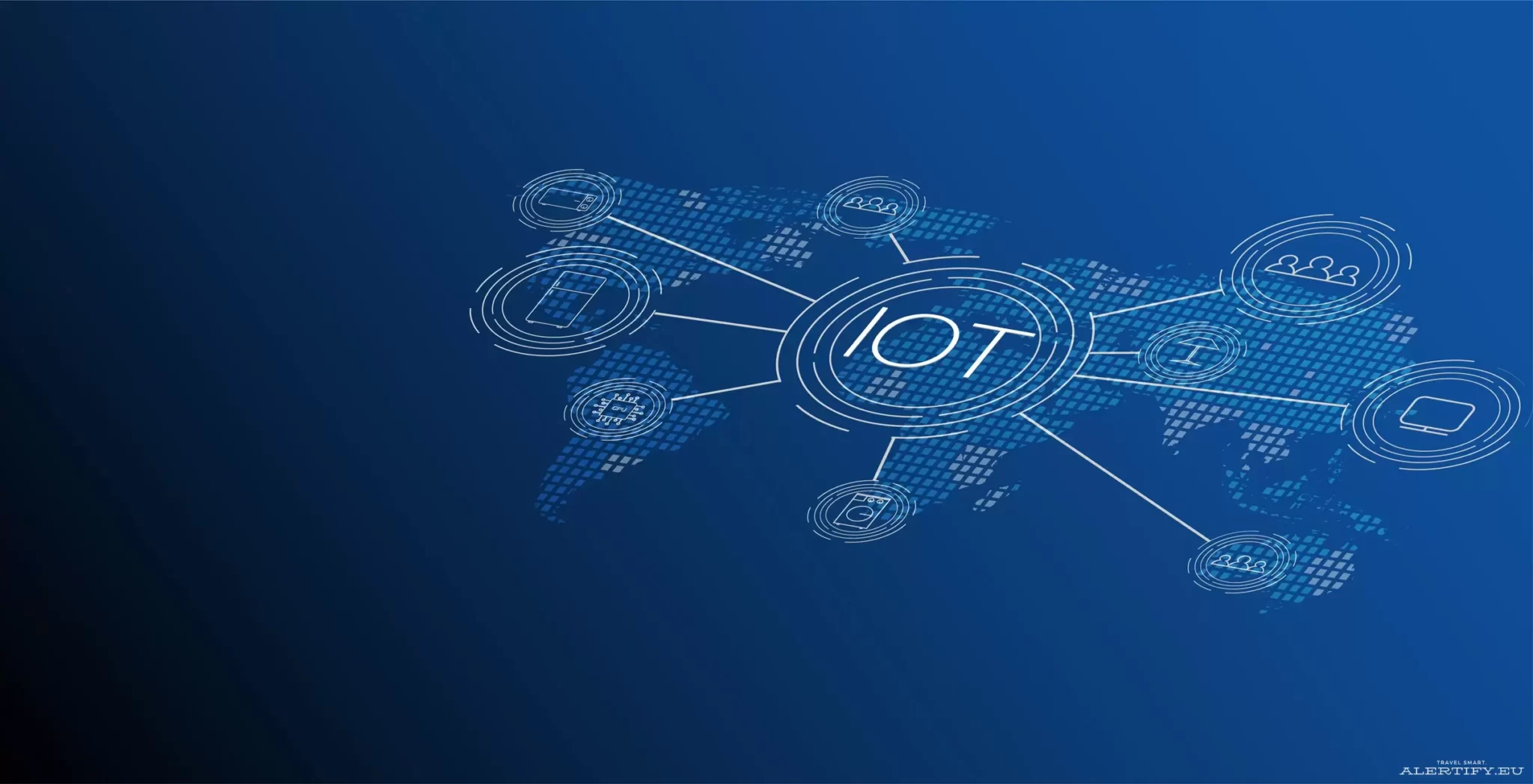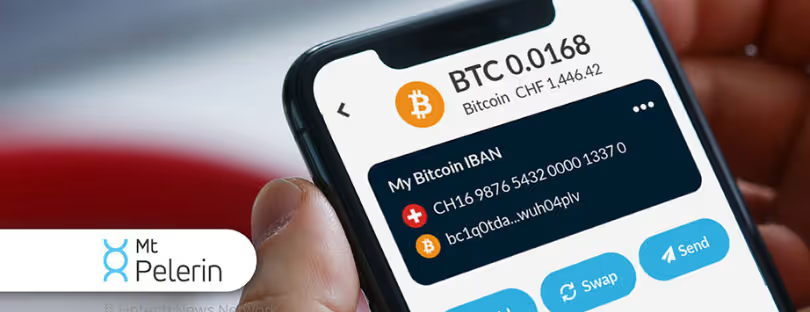
GSMA Specs to Drive 680% IoT eSIM/iSIM Growth
A new study from Juniper Research, the foremost expert in the telecommunications market, found the global number of IoT eSIM connections will be near 1.3 billion by 2028, up from 165 million in 2024. This growth will be driven by emerging eSIM specifications that provide greater flexibility to enterprises to remotely provision eSIM profile switching over IoT devices.
The GSMA’s SGP.32 is the newest technical specification for eSIM remote provisioning for IoT devices and enables the remote activation of eSIM profiles via an eIM (eSIM IoT Manager). Previous eSIM specifications caused network or user-interface constraints for IoT devices, as they relied on SMS for profile activation.
GSMA Standards to Increase IoT Opportunity
The study identified automotive, logistics, and oil & gas as the industries benefiting most from the introduction of the new specification. These industries, which require small form factors, are expected to account for over half of all eSIM-enabled IoT devices by 2028. The ability to ensure interoperable connectivity, enabled by SGP.32, is the key driving force for growth in these sectors.
It also anticipated the imminent arrival of further standards; noting SGP.42 as of key significance for stakeholders. SGP.42 provides similar functionality as SGP.32, but specifically for iSIM devices. iSIMs further reduce the form factor of devices, while retaining the same functionality.
Report author Elisha Sudlow-Poole remarked: “Stakeholders must begin preparing for SGP.42 immediately, as iSIM standards become finalized. Standard-agnostic platforms that are flexible to upcoming form factors, certifications, and use-case demands must be developed to capitalize on eSIM and iSIM market growth.”
What are IoT eSIMs?
- Embedded SIMs: Unlike traditional removable SIM cards, eSIMs (embedded SIMs) are integrated directly into the circuitry of a device, making them extremely small, robust, and tamper-proof.
- Over-the-Air Provisioning: eSIMs allow you to remotely change mobile network operators (MNOs) without physically swapping out the SIM card. This is done through a software interface.
Why eSIMs are Transforming IoT IoT eSIM connections
- Streamlined Device Management: Remotely switch carriers or update connectivity plans on a massive scale. This is perfect for IoT deployments involving fleets of devices spread across various locations.
- Reduced Logistics: No more pre-provisioning devices with specific SIM cards and dealing with the complexities of managing physical SIM inventories.
- Durability and Design: Since eSIMs are soldered to the device, they’re more resistant to shock, vibration, and environmental extremes. This reliability is essential for IoT devices in industrial or outdoor settings. Additionally, the smaller footprint frees up space for other components, allowing for smaller IoT devices.
- Security: eSIMs add a layer of security as they are harder to physically manipulate or tamper with.
Key Use Cases
IoT eSIMs power connectivity in a broad array of areas:
- Connected Vehicles: Telematics, fleet management, in-vehicle infotainment systems.
- Industrial IoT: Remote monitoring and control of assets and machinery.
- Smart Cities: Traffic management, environmental sensors, smart metering.
- Wearables and Consumer Devices: Smartwatches, fitness trackers, and other connected personal devices.
- Logistics and Asset Tracking: Track containers, shipments, and high-value equipment globally.
iSIM vs. eSIM for IoT IoT eSIM connections
- Space Efficiency: Since iSIMs are essentially part of the device’s processor, they occupy minimal space, enabling even more compact IoT designs. This is especially important for small-scale wearables or sensors.
- Greater Security: The integration within the processor’s secure zone offers better protection against tampering compared to eSIMs.
- Manufacturing: Since iSIMs don’t require a separate chip, they can simplify manufacturing and reduce costs.
- Adoption: While the technical benefits of iSIM are clear, its widespread adoption in IoT is still ongoing. eSIM remains more widely used currently, but iSIM is gaining traction.










